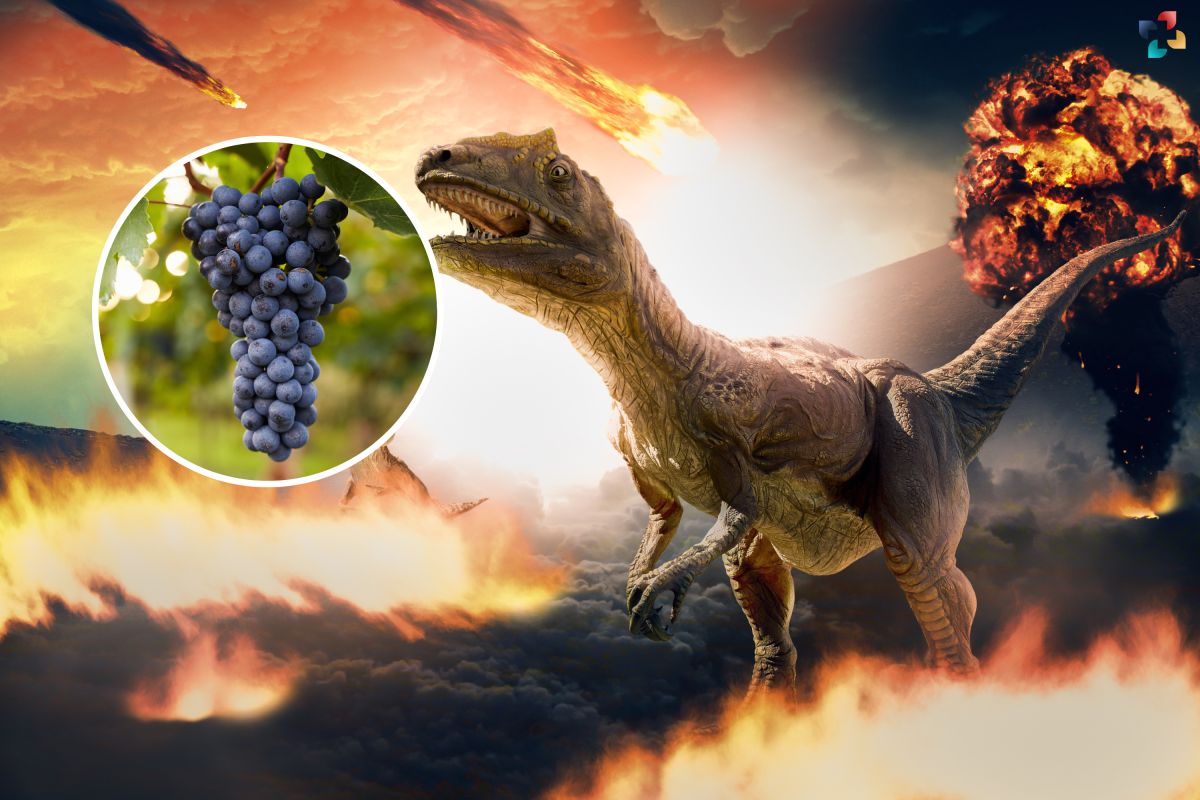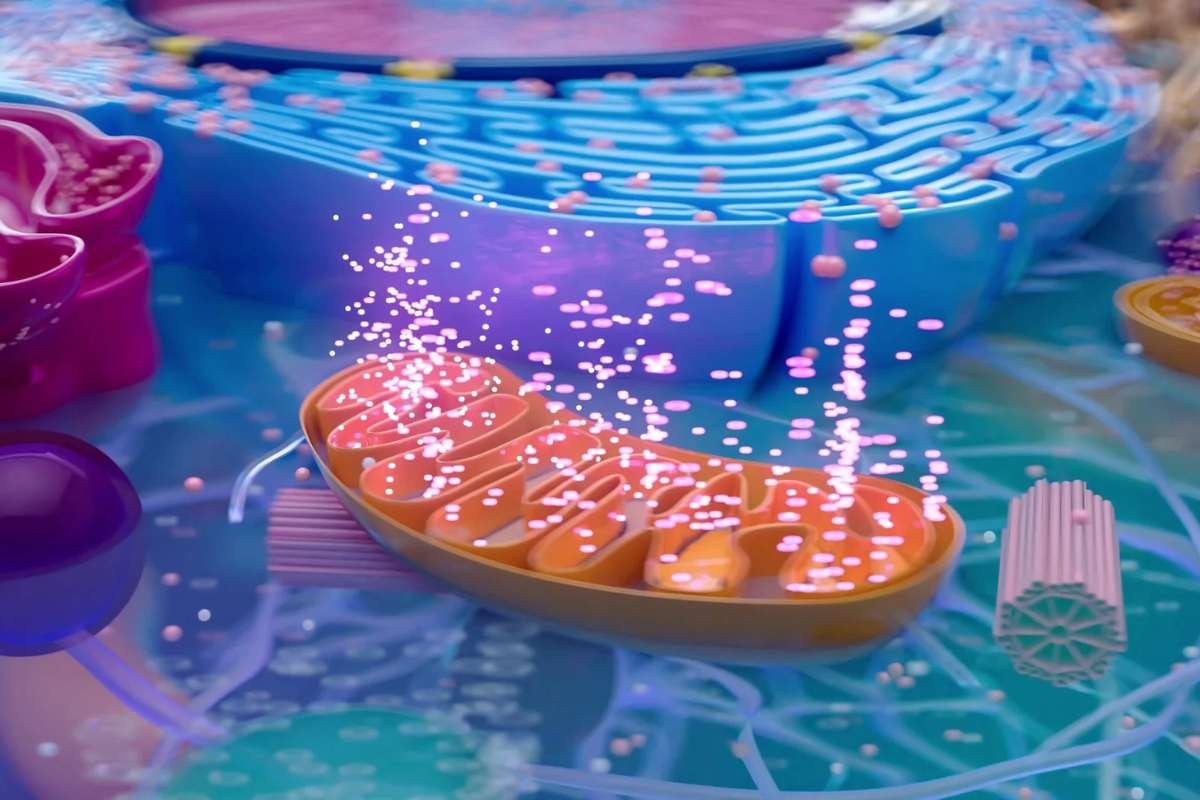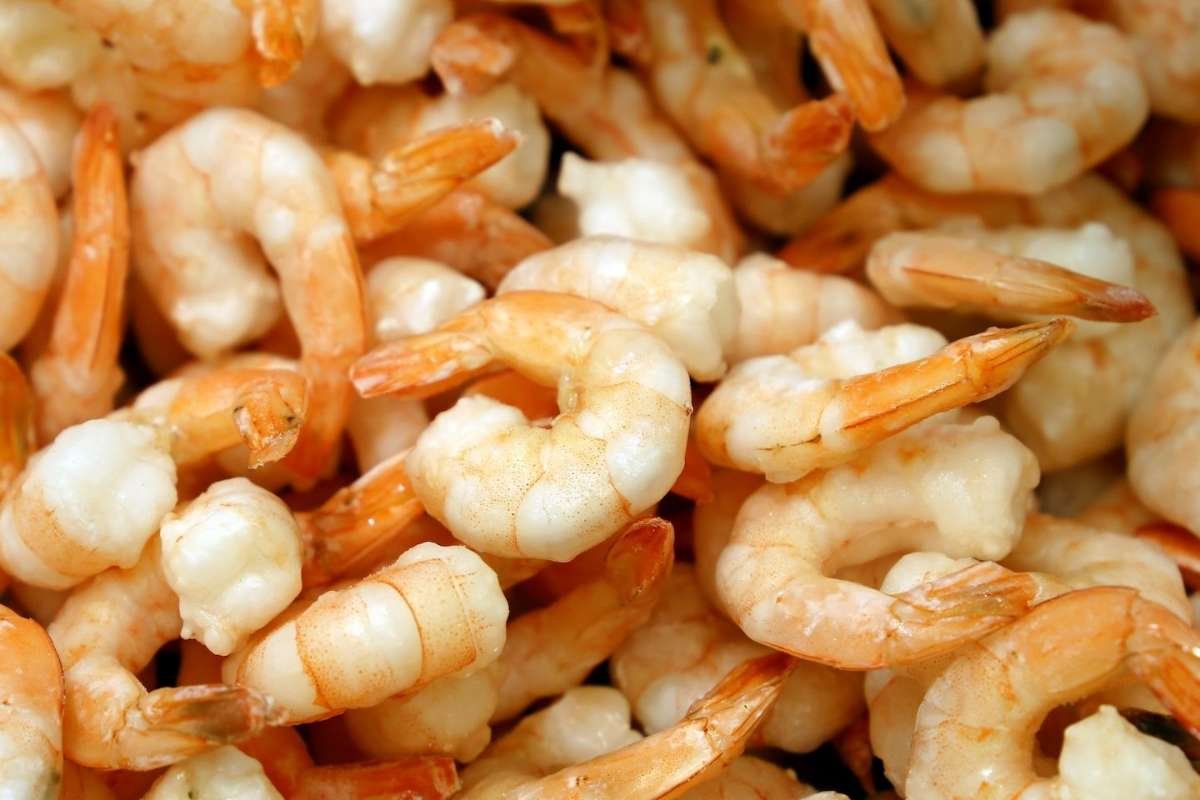Source-Newsweek
The extinction of the dinosaurs around 66 million years ago marked a significant turning point not just for the animal kingdom but also for plant life. Recent research published in the journal Nature Plants suggests that this cataclysmic event may have facilitated the global spread of grapes, ultimately paving the way for the cultivation of wine. This groundbreaking study, released on Monday, provides new insights into the evolutionary history of the grape family (Vitaceae) and its remarkable journey across the world.
A team of scientists, led by Fabiany Herrera, an assistant curator of paleobotany at the Field Museum in Chicago’s Negaunee Integrative Research Center, has described nine new species of fossil grapes from regions including Colombia, Peru, and Panama. These fossils, dating from 60 to 19 million years ago, offer a fascinating glimpse into the post-dinosaur world and how plant life adapted and thrived in the new ecological landscape. Among these discoveries, a species found in the Colombian Andes stands out as the earliest known example of Vitaceae in the Western Hemisphere.
Unearthing Ancient Grapes: Fossil Discoveries in South America
The study’s findings are based on meticulously preserved seeds that provide critical evidence of the ancient grape species that once flourished in South America. These fossils are not just scientifically significant; they also represent a vital piece of the puzzle in understanding how grape plants dispersed following the mass extinction event that wiped out the dinosaurs.
“These are the oldest grapes ever found in this part of the world, and they’re a few million years younger than the oldest ones ever found on the other side of the planet,” said Herrera in a press release. This statement highlights the remarkable nature of these discoveries and underscores the importance of the fossil record in revealing the history of plant evolution.
The discovery of these ancient grape species in South America suggests that the region played a crucial role in the diversification and spread of Vitaceae. The fossils indicate that grape plants had already established themselves in this part of the world millions of years ago, long before humans began cultivating them for food and wine production.
From Ancient Seeds to Modern Vineyards: The Evolutionary Journey of Grapes
The extinction of the dinosaurs created vast ecological niches that allowed surviving plant species to diversify and spread. For the grape family, this meant an opportunity to colonize new regions and adapt to various climates and environments. The fossil evidence from Colombia, Peru, and Panama sheds light on this adaptive journey and helps scientists piece together the evolutionary history of one of the world’s most important plant families.
The global spread of grapes plants
The global spread of grapes plants has had profound implications for human culture and agriculture. Today, grapes are cultivated on every continent except Antarctica, and they play a central role in the production of wine—a beverage with deep cultural and historical significance. The study of ancient grape fossils not only enriches our understanding of plant evolution but also provides a broader context for the cultural and economic impact of grapes throughout history.
In conclusion, the extinction of the dinosaurs may have set the stage for the global spread of grapes, leading to the diverse and widespread presence of Vitaceae we see today. This research underscores the interconnectedness of life on Earth and how major events can shape the course of evolutionary history. As scientists continue to unearth and study ancient plant fossils, we gain a deeper appreciation for the complex and dynamic history of the natural world.







